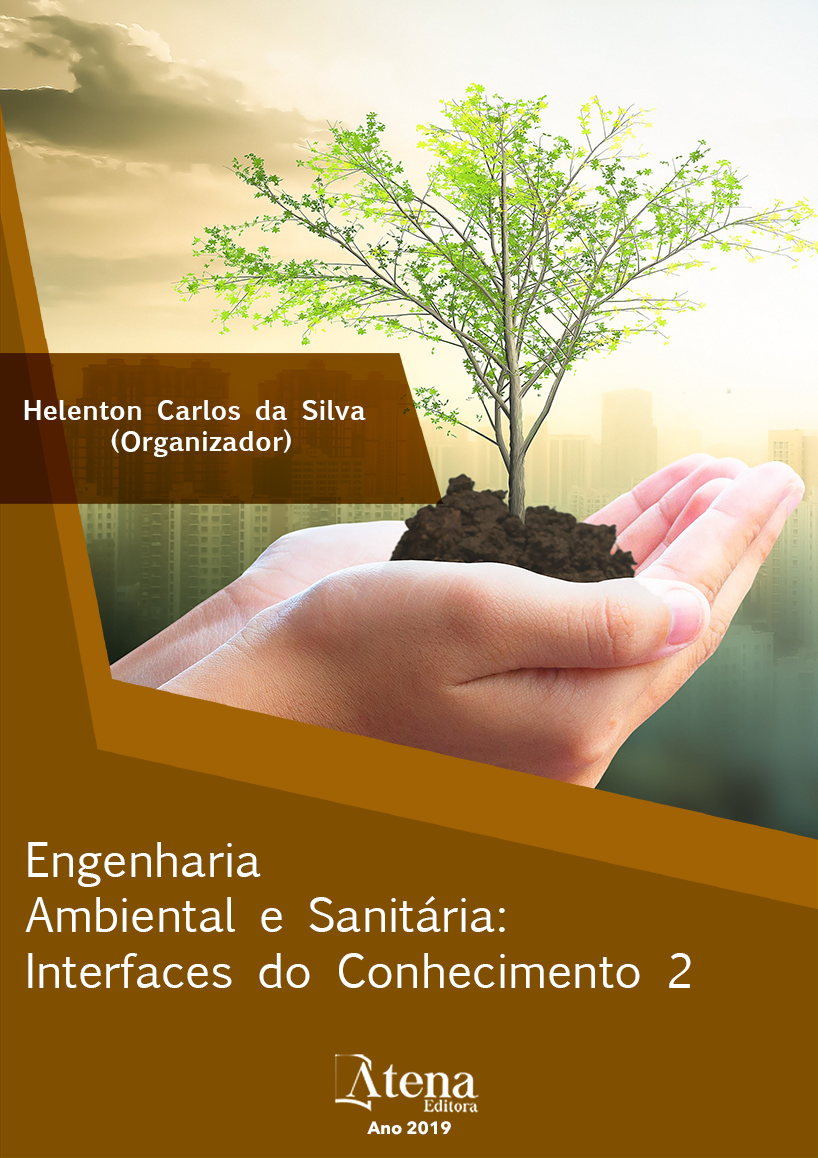
APLICAÇÃO DO MÉTODO ESTATÍSTICO DCCR NA REMOÇÃO DE CORANTES EM EFLUENTE TÊXTIL POR PROCESSO DE ELETROCOAGULAÇÃO
O presente trabalho avaliou a
otimização do processo de eletrocoagulação
através do método estatístico delineamento
composto central rotacional (DCCR) aplicado
em efluente têxtil sintético, a fim de se investigar
o efeito da intensidade de corrente e do pH com
relação à remoção dos corantes. A indústria têxtil
se caracteriza pelo alto consumo de água e,
consequentemente, pelos expressivos volumes
de efluentes gerados. Os efluentes líquidos
provenientes da indústria têxtil podem causar
danos aos corpos receptores, representando um
fator de risco sério à saúde, por apresentarem
substâncias potencialmente tóxicas como os
corantes. Em geral, o tratamento convencional
destes efluentes não degrada/remove
totalmente seus poluentes. Neste contexto, a
eletrocoagulação foi investigada com o intuito
de otimizar os parâmetros operacionais para
remoção dos corantes Levafix Brilliant Red
e Remazol Preto B 133%. Os resultados do
processo de eletrocoagulação revelaram o
potencial da aplicação do processo com valores
de intensidade de corrente de 33A e pH inicial
de 3, atingindo uma remoção dos corantes
na ordem de 85%. O tempo de eletrólise
estabelecido em 30 minutos contribuiu para
a efetividade do processo no tratamento do
efluente têxtil sintético e demostrou capacidade
para aplicação em efluentes em escala real.
APLICAÇÃO DO MÉTODO ESTATÍSTICO DCCR NA REMOÇÃO DE CORANTES EM EFLUENTE TÊXTIL POR PROCESSO DE ELETROCOAGULAÇÃO
-
Palavras-chave: Efluente têxtil, eletrocoagulação, DCCR.
-
Keywords: Textile wastewater, electrocoagulation, CCRD.
-
Abstract:
The present study evaluated the optimization of the electrocoagulation
process through the statistical method central composite rotatable design (CCRD)
applied in synthetic textile effluent, in order to investigate the effect of current intensity
and pH in relation to dyes removal. The textile industry is characterized by high water
consumption and, consequently, by the significant volumes of wastewater generated.
Textile industry wastewater can cause damage to environment, representing a serious
health risk factor, as they contain potentially toxic substances such as dyes. In general,
conventional treatment of textile wastewater does not degrade or remove completely
their pollutants. In this context, the electrocoagulation was investigated in order
to optimize the operational parameters for the removal of Levafix Brilliant Red and
Remazol Black B 133% dyes. The results of the electrocoagulation process revealed
the potential of the process application with current intensity values of 33A and initial
pH of 3, reaching a dyes removal of 85%. The electrolysis time established in 30
minutes contributed to the effectiveness of the process in the treatment of synthetic
textile effluent and demonstrated its capacity for application in real scale effluents.
-
Número de páginas: 13
- Elisângela Edila Schneider
- Cristiane Lisboa Giroletti
- Maria Eliza Nagel-Hassemer
- Flávio Rubens Lapolli
- Fabiola Tomassoni


